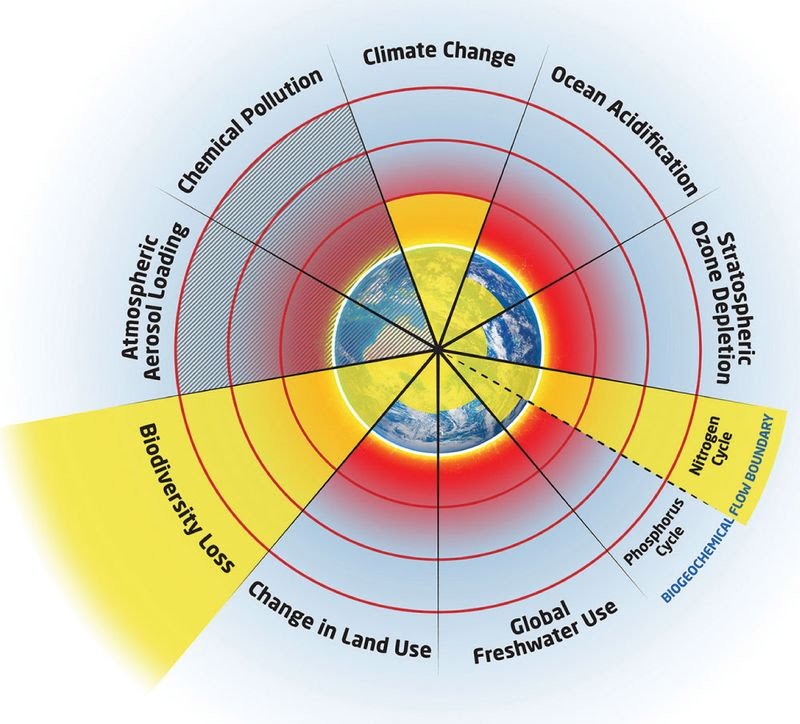Introduction
Biogeochemical flow
Biodiversity loss
Climate change
Other planetary boundaries
Land use
Freshwater
Chemical pollution and atmospheric aerosol loading
Biodiversity loss refers to the accelerating extinction of species from Earth, which serves to indicate the overall habitability of the planet, as well as the stability and prosperity of existing biological communities…..

